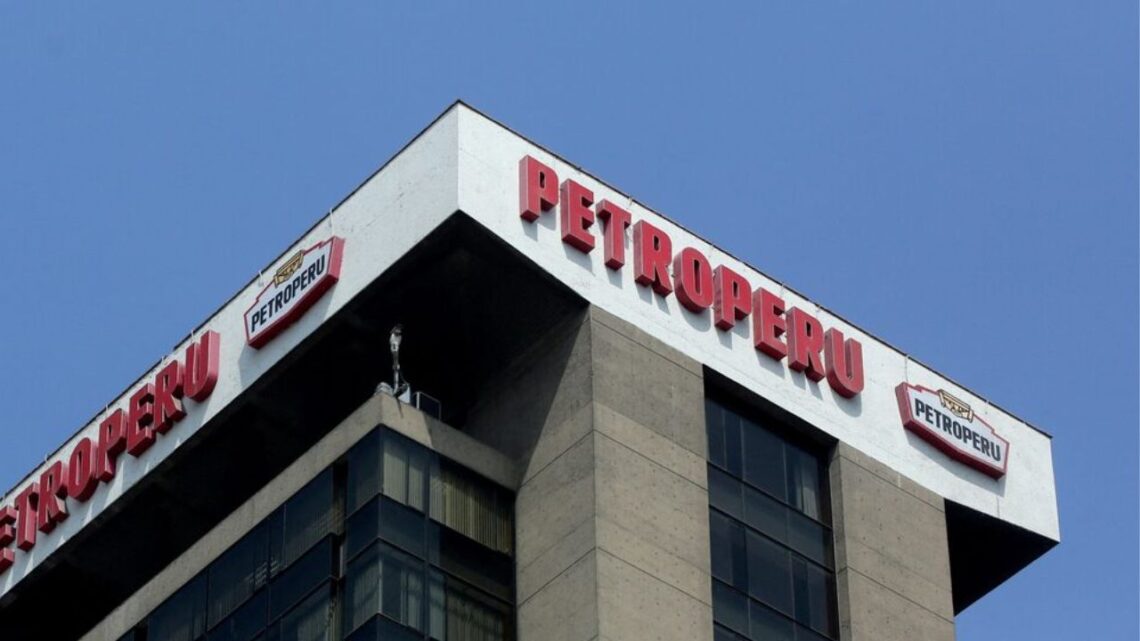In a dramatic reshuffle just days after assuming power, Peru’s interim government under President José Jeri has fired the chairman of state oil firm Petroperú.
The decision aims to tackle deep financial distress, restore credibility, and stabilize operations. This shake-up signals serious intent to reform Peru’s energy sector and manage mounting losses.
Key Facts & Figures
| Item | Detail |
|---|---|
| Fired Chairman | Alejandro Narvaez |
| Replacement (interim) | Fidel Augusto Moreno (Board Vice President) |
| Losses in most recent year | US $ 774 million |
| Projection | Further losses this year; turnaround expected in 2026 |
| Major investment causing strain | US $ 6.5 billion modernization of Talara refinery |
| Tenure of Narvaez | Less than one year in post |
| Decision date | Announced Oct 17, 2025 during shareholders’ meeting |
| Government change | Jeri’s interim government followed ouster of Dina Boluarte |
What led to this drastic move?
1. Deep financial crisis
Petroperú is enveloped in a financial emergency. The company posted US $ 774 million in losses last year and anticipates further red ink this year.
The lion’s share of the burden stems from cost overruns and debt tied to a US $ 6.5 billion modernization of the Talara refinery — a project spanning 2014–2023. Narvaez inherited these liabilities and struggled to present a credible turnaround plan.
2. Leadership under fire
Alejandro Narvaez had held the chairmanship for under a year. He stepped in during turbulent times but could not quell investor concerns or debt pressures.
The board itself had undergone multiple resignations, and Narvaez was reportedly the fourth chair in short succession.
3. Political transition
President Jeri’s administration began as an interim government, following the sudden removal of his predecessor, Dina Boluarte. One of Jeri’s first acts was to restructure key state firms—including Petroperú—to project a tone of fiscal discipline and accountability.
The decision to terminate Narvaez was made in a shareholders’ meeting and became effective immediately.
What’s next: Fidel Moreno and recovery plan
The economy ministry confirmed that Fidel Augusto Moreno, vice chairman of the board, will temporarily take over as chairman. His charge: ensure “disciplined and responsible management”, stabilize cash flow, and resume normal operations.
Looking ahead, the government and Petroperú leadership will need to tackle:
- Debt restructuring: converting or renegotiating bond and loan terms
- Operational efficiency: cutting costs and streamlining refinery output
- Restoring investor confidence to attract funding
- Clarifying policy direction, including whether partial private investment is permitted
Narvaez had previously floated plans to open Petroperú to minority private stakes in 2025, contingent on performance, but that possibility is now uncertain under fresh leadership.
Broader implications for Peru’s energy sector
The firing is more than a personnel change; it underscores how politics, finance, and state enterprises intersect in Peru. If Moreno can execute a credible turnaround, it could position state firms on firmer ground. But failure could deepen fiscal risks and deter external investment.
Meanwhile, the Jeri government will be watched closely by domestic and foreign stakeholders for its ability to manage energy assets without destabilizing markets or upsetting social expectations.
Peru’s interim government has launched a bold reset by firing the Petroperú chair in the face of crippling losses. With Fidel Moreno at the helm temporarily, the state oil company must now grapple with reshaping finances, restoring trust, and executing a credible pathway to profitability by 2026.
For Peru’s energy sector, this signals a turning point — success or failure will ripple through the economy and set the tone for state enterprise governance in the new era.
